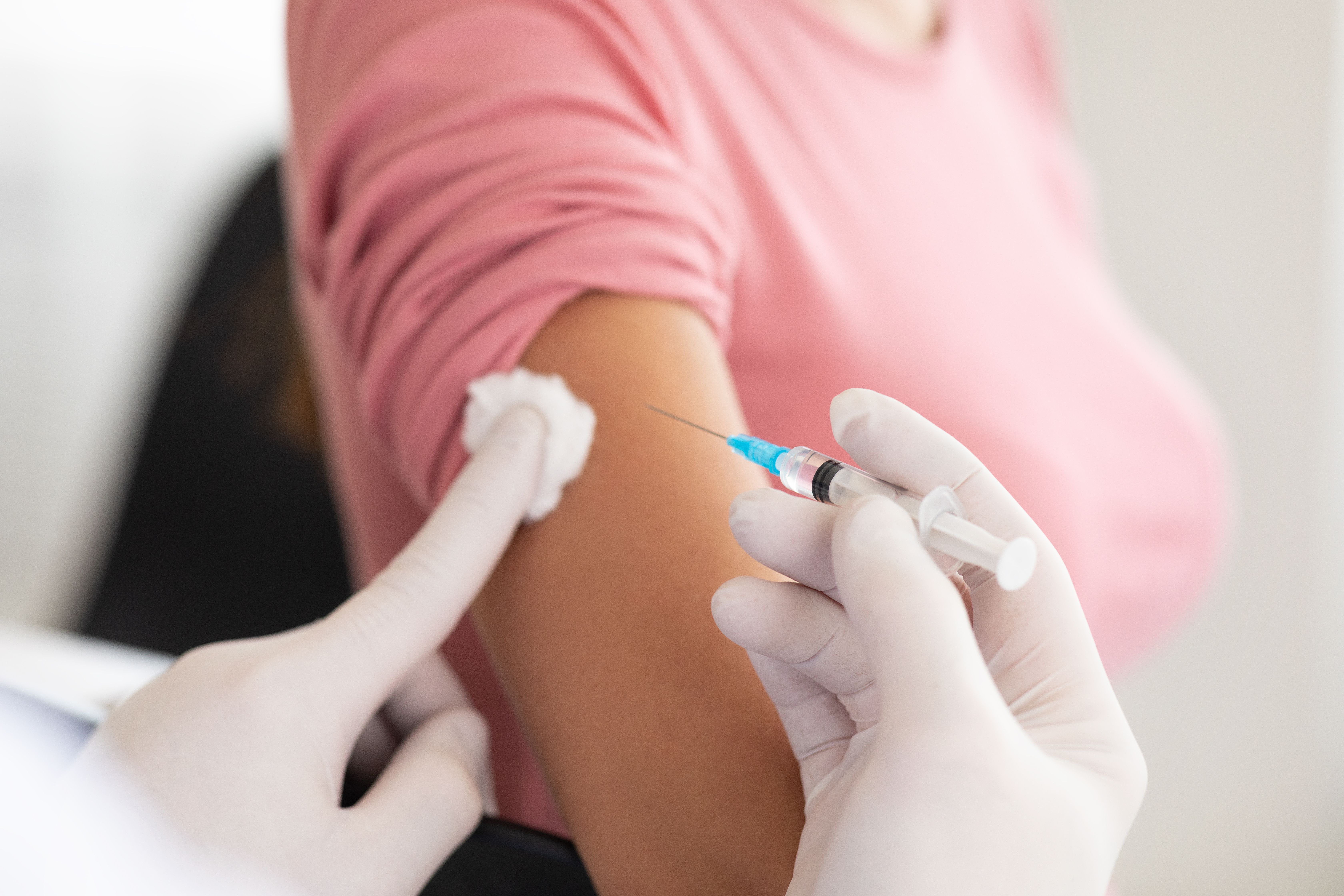- Center on Health Equity & Access
- Clinical
- Health Care Cost
- Health Care Delivery
- Insurance
- Policy
- Technology
- Value-Based Care
HPV Vaccination Cost-Effective at Preventing Cervical Cancer in Patients With HIV
Women living with HIV can reduce their risk of cervical cancer using a human papillomavirus (HPV) vaccine that is both cost-effective and effective in preventing the virus.
The human papillomavirus (HPV) vaccine, Gardasil 4, was found to be the optimal cost-effective strategy to prevent cervical cancer in women living with HIV aged 18 to 45 years, according to a study published in the International Journal of Cancer.1 Higher adherence to antiretroviral therapy (ART) could help in making sure the vaccine is cost-effective.
Women living with HIV are at a higher risk of HPV,2 including contracting the virus, persistence of the virus, and progression. This correlates to the risk of cervical cancer being 6 times higher in women living with HIV. ART has been used to reduce the risk of disease related to HPV through re-establishing the immune mechanisms in a patient with HIV. Preventing cervical cancer is best done through HPV vaccination, as HPV infection is estimated to be 15.6% in women living in China. This study aimed to assess the cost-effectiveness of different strategies for HPV vaccination in women living with HIV aged 18 to 45 years in China.1
HPV vaccination could help in the cost-effectiveness of treatment for women with HIV | Image credit: Prostock-studio - stock.adobe.com

The economic evaluation was based on a decision-analytic Markov model, which evaluated the cost-effectiveness of various vaccinations for HPV from a health care provider perspective. The Markov model was used to simulate progression from HPV to cervical cancer. Participants were categorized into 3 groups based on their CD4 T-cell count levels: 500 or more cells/mm3, 200 to 500 cells/mm3, and less than 200 cells/mm3. Previous studies were used to model the progression and regression of HIV infection.
No HPV vaccination was defined as the status quo in women living with HIV. There were 27 other vaccination strategies with the 3 approved vaccines of Cecolin 2, Gardasil 4, and Gardasil 9, alongside 9 more strategies that combined Cecolin 9 vaccines. All strategies were aimed at different age groups. All costs were evaluated through quality-adjusted life-years (QALYs), with the incremental cost-effectiveness ratio (ICER) calculated as the incremental cost/QALY gained.
The researchers found that, should the status quo remain without a scale-up of vaccinations in a 100,000 person cohort, 51.99% of women living with HIV would die of HIV, 35.10% would have genital warts, 0.36% of them would develop cervical cancer, and 63.66% of women who developed cervical cancer would die. This would cost $7.51 million in costs related to HPV and $3.34 billion for treatment related to HIV.
The HPV vaccination strategies would cost an additional $0.20 million to $42.83 million but the cohort would gain between 6 to 989 QALYs through this spending. Strategies that focused on universal vaccination were more cost-effective compared with those that targeted specific subgroups. The most cost-effective strategy, based on willingness to pay, was the Gardasil 4 vaccination for all women living with HIV aged between 18 and 45 years (ICER $32,766/QALY gained). This was followed by Gardasil 4 for patients aged 18 to 35 years (ICER $27,891/QALY) and aged 18 to 25 years (ICER $20,671/QALY gained). Having all women living with HIV aged between 18 and 45 years vaccinated with Gardasil 4 would reduce genital warts by 35.52%, cervical cancers by 12.96%, and deaths due to cervical cancer by 12.39%. All strategies would increase in the probability of being cost-effective from 40.94% to 65.35% if ART adherence increases to 100%.
There were some limitations to this study. There were no prevalence parameters or probability of disease progression specifically for diseases related to HPV. The potential cross-protection of the vaccine was not taken into account, including other diseases related to HPV. Herd immunity was not taken into account. The effect of HPV infection was not incorporated into HIV disease progression. The accuracy of the results could have been affected by estimating the efficacy based on general women rather than women living with HIV. The vaccine may have been overestimated with the assumption that it would provide lifelong protection.
The researchers concluded that the optimal cost-effective strategy for prevention of both genital warts and cervical cancer in women living with HIV aged 18 to 45 years was the use of Gardasil 4 vaccination. The probability of the strategy being cost-effective would increase with improved adherence to ART.
References
- Liu H, Zou M, Shen M, et al. HPV vaccination is highly effective and cost-effective for cervical cancer prevention in women living with HIV in China: a cost-effectiveness analysis. Int J Cancer. Published online November 17, 2024. doi:10.1002/ijc.35242
- Fletcher J. What is the link between HPV and HIV? MedicalNewsToday. February 17, 2023. Accessed November 18, 2024. https://www.medicalnewstoday.com/articles/323946
